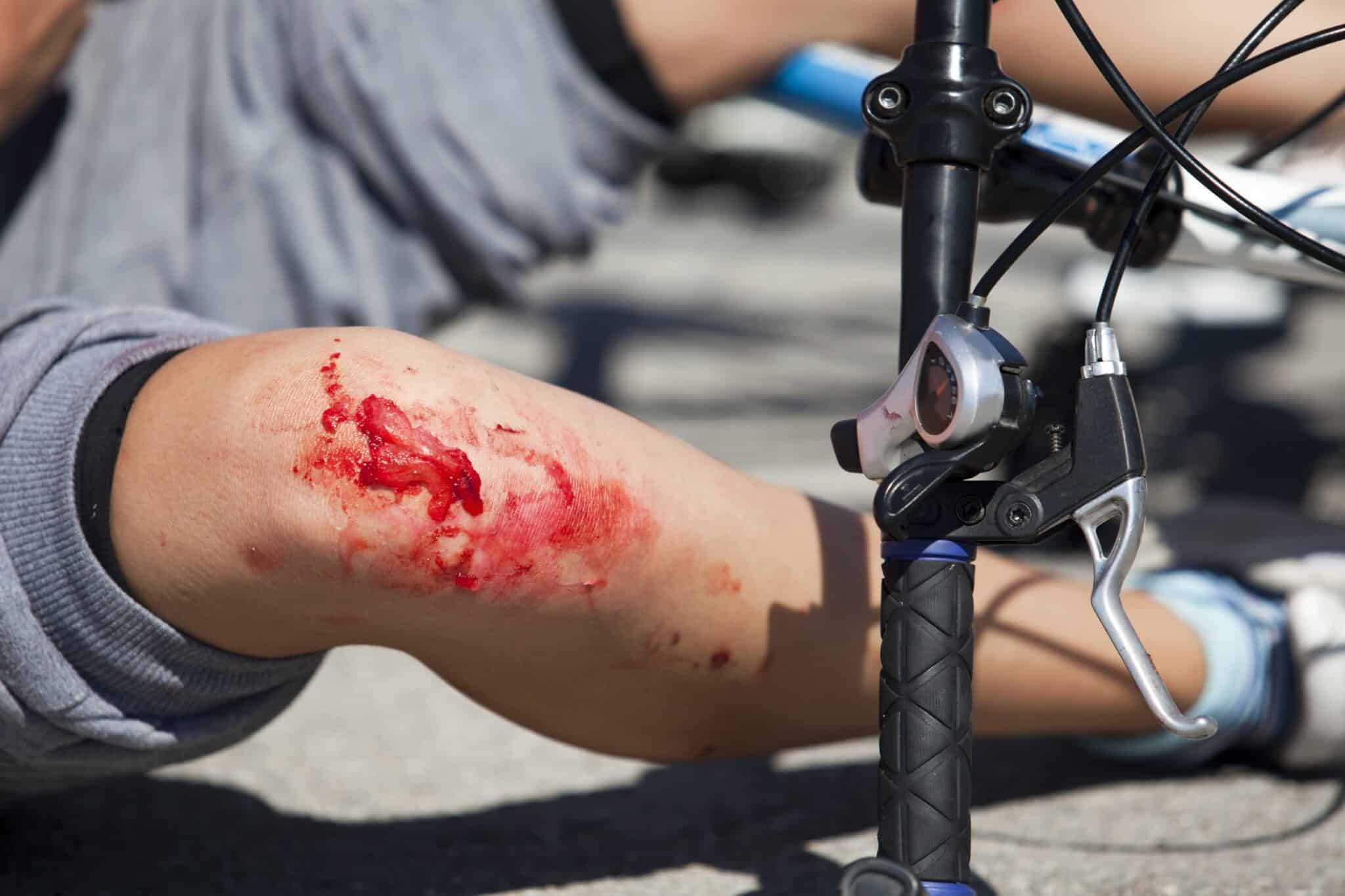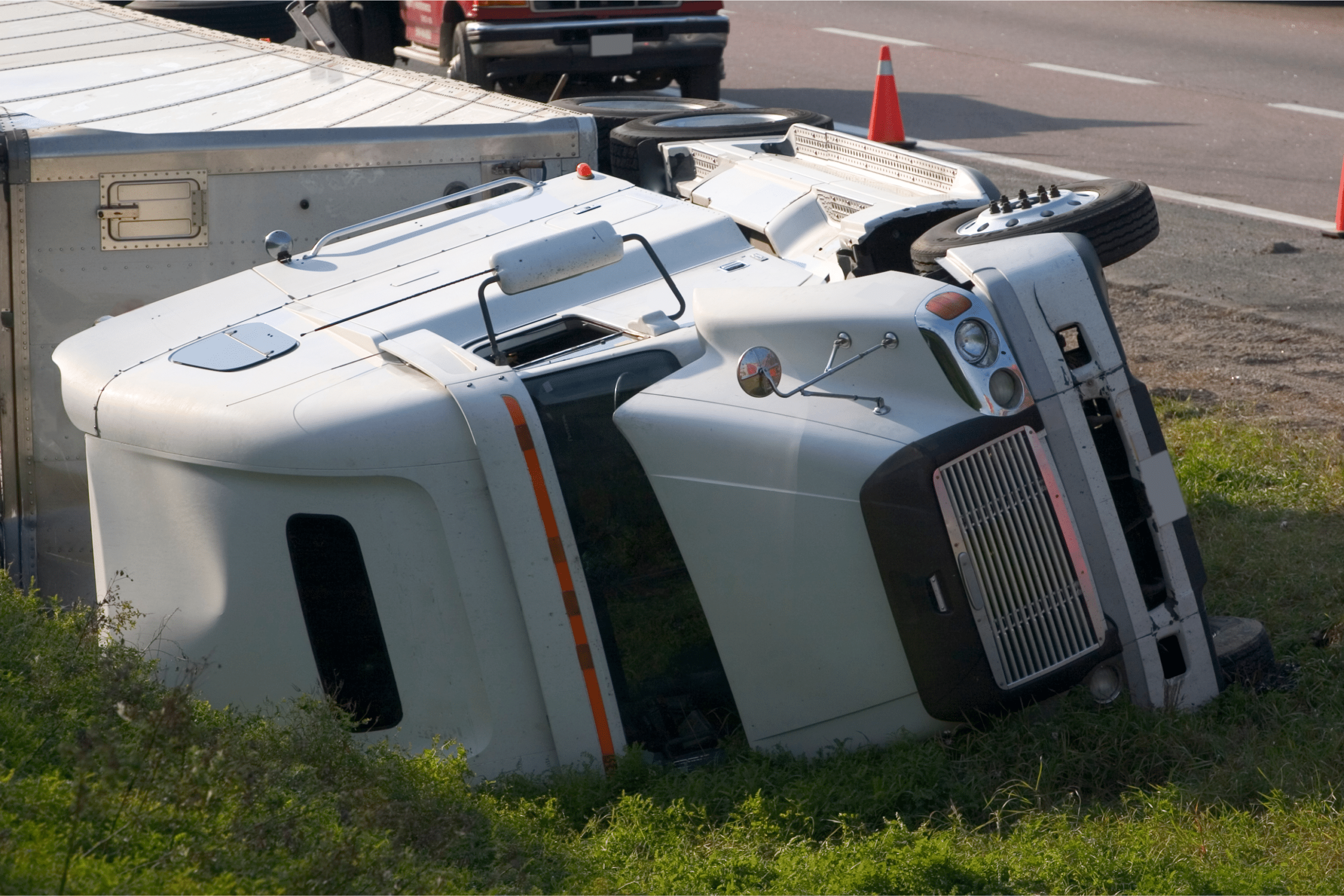Florida Pedestrian Safety: What Is the Law?
Pedestrian safety is something that is given a lot of attention in Florida. Why? Because our state sees a shockingly high number of pedestrian accidents and fatalities each year.
This is largely because Florida was built with automobiles in mind. Our roads prefer cars to a ridiculous degree, often making pedestrians travel significantly out of their way to find things like crosswalks or sidewalks. It is a problem that the state has been attempting to address for years and will likely continue for years.
With this known issue, a growing population, and busy roads, it is essential for both pedestrians and drivers to understand the laws and responsibilities that pertain to pedestrian safety. In this blog post, we will provide an overview of the laws and responsibilities for pedestrians and drivers in the Sunshine State and offer tips for staying safe on the roads.
Laws for Pedestrians in Florida
In our state, pedestrians have the right-of-way when crossing a street in a crosswalk. In other words, drivers must yield to pedestrians crossing the street in a marked or unmarked crosswalk whether or not the pedestrian has a signal to cross.
Those last two things are very important because drivers must give the right-of-way even if the crosswalk isn’t marked or the pedestrian doesn’t have a signal.
That said, pedestrians still must follow specific rules while crossing the street. For example, you are not allowed to suddenly leave the sidewalk and walk or run into the path of a vehicle. Moreover, you can’t cross the street outside a crosswalk or marked pedestrian crossing. If no sidewalk or crosswalk exists, pedestrians should walk facing traffic as far to the left as possible.
Florida pedestrians are also prohibited from walking along a highway if there is an adjacent sidewalk or pedestrian walkway. If you have to walk on the highway, the rule is that you should walk as far to the left as possible and face oncoming traffic.
Laws for Drivers in Florida
Florida drivers have a number of pedestrian-centric laws they must follow. Still, it ultimately boils down to this: drivers have a responsibility to keep pedestrians safe while driving.
Some of the critical laws that pertain to drivers include:
- Yielding to pedestrians in crosswalks. As mentioned earlier, drivers must yield to pedestrians crossing the street in a marked or unmarked crosswalk.
- Stopping for pedestrians at school crossings. Drivers must stop for pedestrians crossing at school crossings when a crossing guard is present or the school crossing signal is flashing.
- Avoiding distraction. Drivers must not use a cell phone or engage in any other type of distracting behavior while driving, as this can increase the risk of an accident.
- Adjusting speed. Drivers must adjust their speed to suit the conditions of the road and weather and always drive at a safe speed that allows them to stop if a pedestrian suddenly appears.
Penalties for Violating Pedestrian Safety Laws
Both pedestrians and drivers can face penalties for violating pedestrian safety laws in Florida.
For example, a driver who fails to yield to a pedestrian in a crosswalk can face a fine of up to $500 and points on their driver’s license. A pedestrian crossing the street outside a crosswalk or in a prohibited area can also face a fine.
Beyond these consequences, if a driver injures a pedestrian due to negligent behavior, the injured party can pursue a personal injury claim against them to receive compensation.
What Can You Do to Stay Safe on Florida Roads?
Whether you are a pedestrian or a driver, there are steps you can take to stay safe on our roads. Here are a few tips that everyone should keep in mind:
- Don’t get distracted. One tip that’s most likely to prevent accidents and injuries is this one: pay attention to what is happening around you. It is far too easy for both pedestrians and drivers to get distracted. Still, if you look for other pedestrians, drivers, and vehicles, you’re far more likely to arrive at your destination accident-free.
- Use marked crosswalks. If you are a pedestrian, use marked crosswalks whenever possible, and make sure to cross the street in a safe and predictable manner.
- Follow traffic signals. Both pedestrians and drivers should follow traffic signals and avoid jaywalking or running red lights.
- Stay visible. If you are walking or cycling at night or in other low-visibility conditions, wear bright, reflective clothing and carry a flashlight. Drivers should also use their headlights to make themselves more visible to others.

Pedestrian safety is a critical issue that is getting more and more attention in our state. If you are injured by a motor vehicle while walking and suffer damages, do not hesitate to seek compensation. No one should ever have to pay for someone else’s mistake, and holding them accountable can make the roads safer for everyone.
About the Author:
Andrew Winston is a partner at the personal injury law firm Winston Law. For over 20 years, he has successfully represented countless people in all personal injury cases, focusing on child injury, legal malpractice, and premises liability. He has been recognized for excellently representing injured clients by admission to the Million Dollar Advocates Forum and named one of America’s Top 100 High-Stakes Litigators. Mr. Winston is AV Preeminent Rated by the Martindale-Hubbell Law Directory, enjoys a 10.0 rating by AVVO as a Top Personal Injury Attorney, and has been selected as a Florida “SuperLawyer” from 2011-2022– an honor reserved for the top 5% of lawyers in the state – was voted to Florida Trend’s ”Legal Elite,” recognized by Expertise as one of the 20 Best Fort Lauderdale personal injury attorneys, named one of the Top 100 Lawyers in the Miami area for 2015-2022, and one of the Top 100 Lawyers in Florida for 2015-2017 and 2019-2022.
 Motorcycle Helmet Laws in FL: How They Can Impact Your Case
Motorcycle Helmet Laws in FL: How They Can Impact Your Case 
















